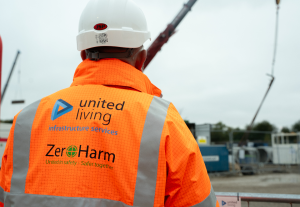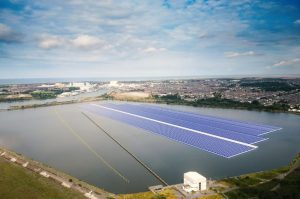Offshore wind power auction flop a blow to North West energy ambitions

No new UK offshore wind power contracts have been awarded after a government auction failed to attract any bids from energy companies.
The government had been warned that the auction for the sites didn’t offer a sufficient guarantee of a unit price per MW which rendered the sites uneconomical.
Swedish investor Vattenfall has mothballed sites off the East Coast claiming the economics no longer work.
The flop will require the government to rethink its pricing strategy for electricity in order to develop sites off the Lancashire coast.
Offshore wind power is key to the UK’s ambitious decarbonisation goals, with the government aiming to generate 50 GW of offshore wind by 2030, up from 14 GW at present.
SSE, Alistair Phillips-Davies, told Sky News this week that the price cap in this auction of £44MW/h, meant it was not viable to bid for offshore wind sites.
A statement from Department for Energy Security and Net Zero said: “While offshore and floating offshore wind do not feature in this year’s allocation, this is in line with similar results in countries including Germany and Spain, as a result of the global rise in inflation and the impact on supply chains which presented challenges for projects participating in this round.”
However, Ireland successfully completed its first-ever offshore wind auction under its new Offshore Renewable Electricity Support Scheme (ORESS) in May this year.
The Irish structure set a price of €150 MW/h.
Their auction attracted interest from major wind energy developers and was oversubscribed and awards were made to four offshore wind projects which will generate up to 3 GW were awarded for sites in the Irish Sea, and one off the West Coast of Ireland.
The previous round awarded contracts for new offshore wind farms being developed in the Irish Sea, 30 km off the Lancashire coastline led by energy giants BP, RWE and Total.
Research from Oxford Economics claims the projects will support 1,745 jobs, with 350 across planning and design, worth around £8.75 million per year, 1000 jobs during construction, worth around £37.4 million each year and 295 jobs during operations, worth around £13.8 million each year.








